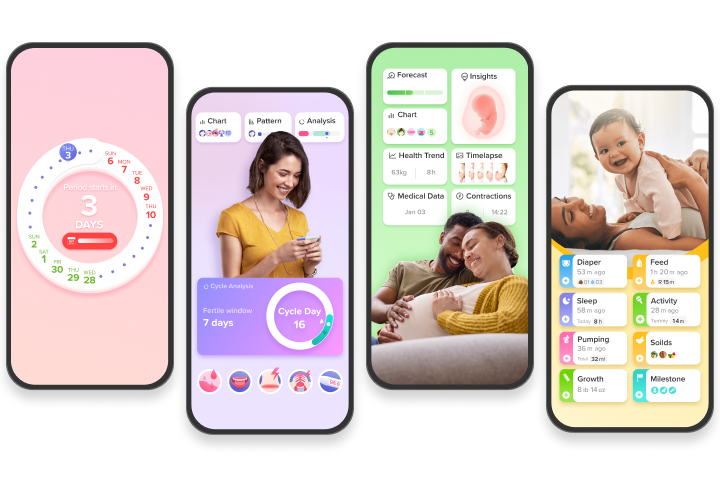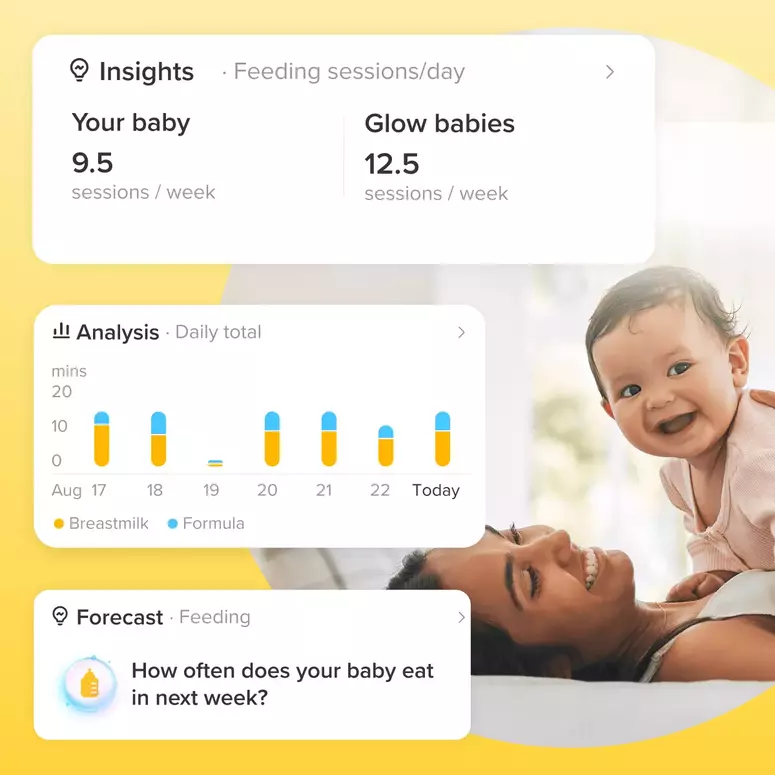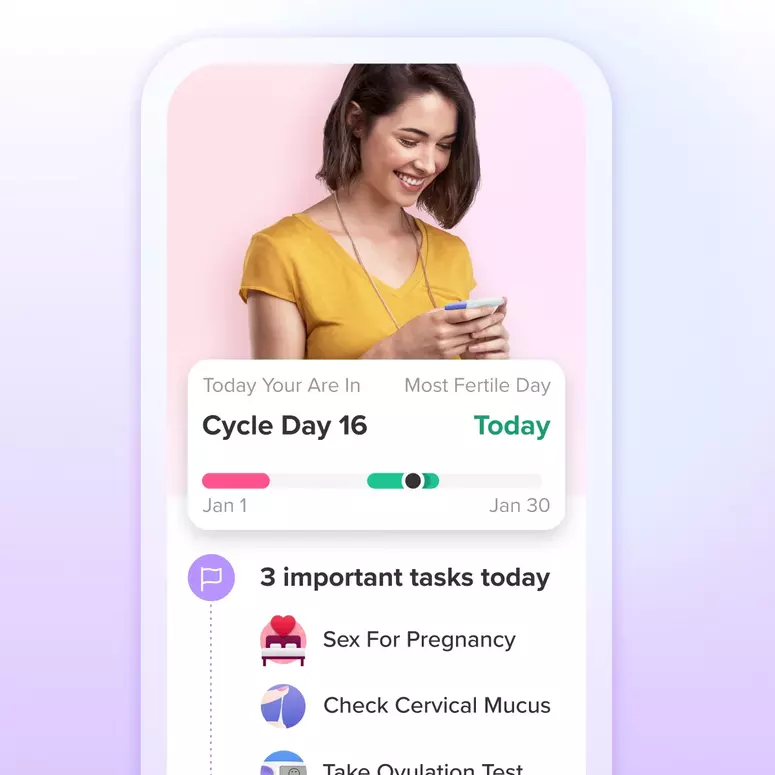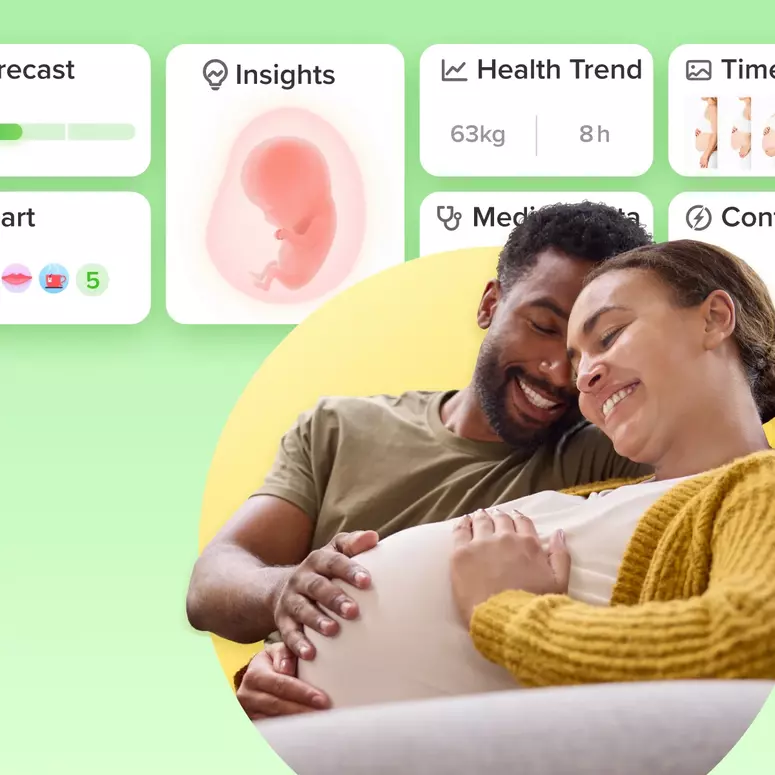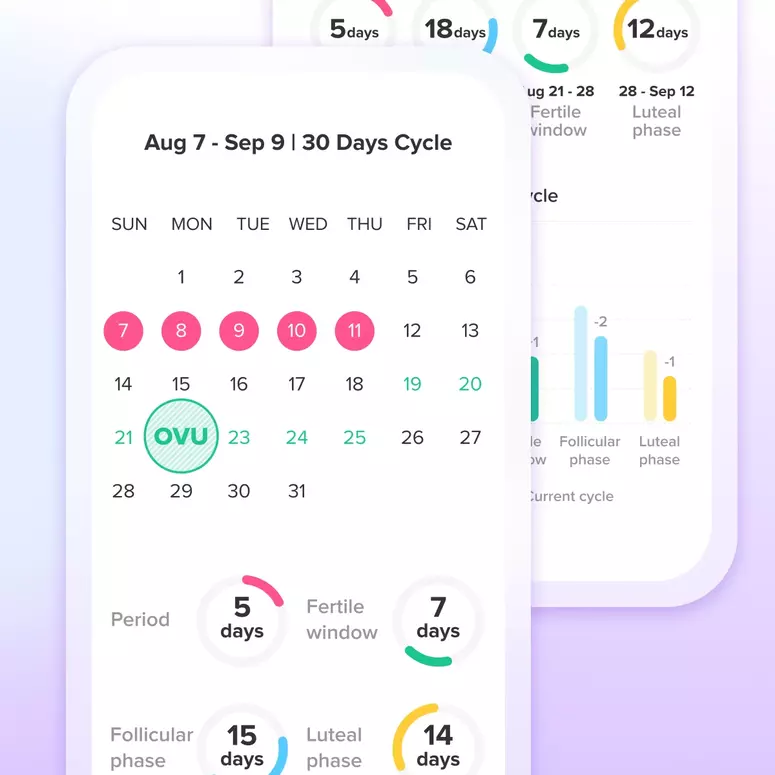Unhealthy Sleep Habits Part Two: The Danger of Sleep Props

Sleep props are the wolf in sheep’s clothing of the pediatric sleep world. Things like mobiles which make all sorts of promises to soothe baby to sleep with music, motion, and lights may help your baby fall asleep, but these machines have several downsides you should consider before popping one into your baby’s crib.
The first is that baby begins to associate the mobile with falling asleep. Pretty soon it is part of his nighttime routine and he needs it to fall asleep, creating a challenge further down the road when baby must eventually transition to a big kid bed and suddenly learn how to do without a sleep prop they have used for years. This also makes it difficult for him to fall asleep anywhere that his mobile is not (grandparent’s house, daycare, in a playpen on a family vacation, etc).
The second problem is that all of these machines turn off at some point. Baby comes out of a sleep cycle, finds that something has changed since he fell asleep, and gets (loudly) upset. As I mentioned in the previous article, Unhealthy Sleep Habits Part One: Going To Bed Asleep, one of the best things you can do for an infant’s sleep is to keep their sleeping environment consistent. The room, the crib, the noises (or lack thereof), even the lighting should be the same from put down to wake up.
The litmus test for sleep props boils down to sustainability. If a baby is used to falling asleep with white noise and darkness, those are reasonable sleep props that even adults use. This is sustainable. Mobiles and pacifiers are clearly not and the fewer things you have to wean your child off of as they age, the easier for everyone.
By Hannah Mira, Founder of Bonsoir Bebe Sleep Consulting
Achieve your health goals from period to parenting.
